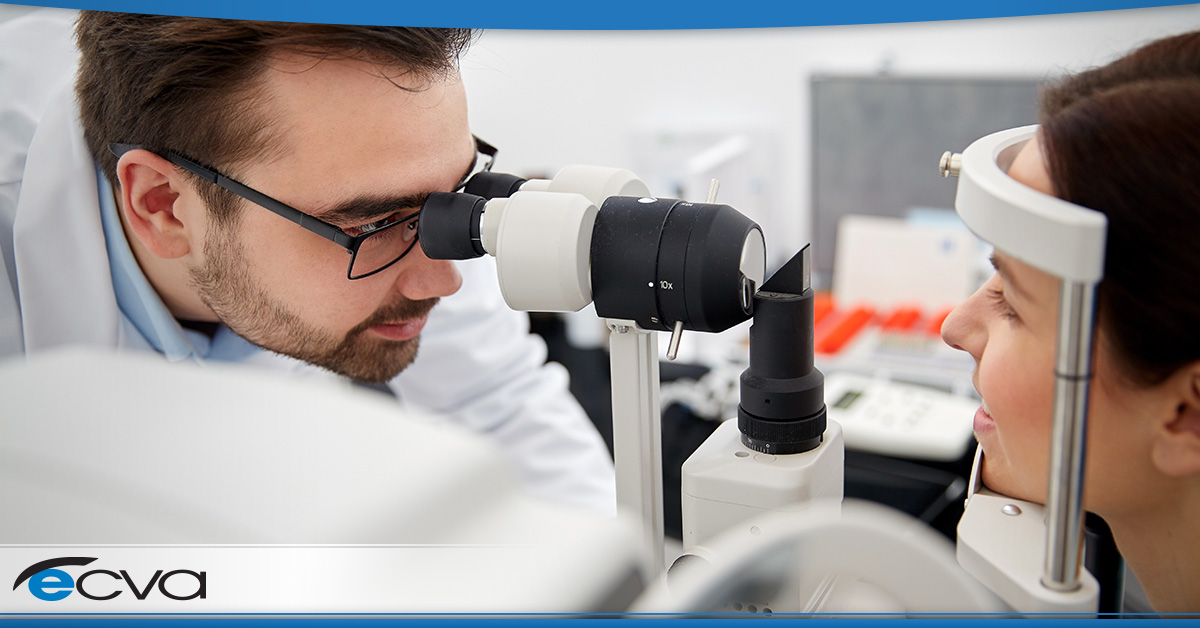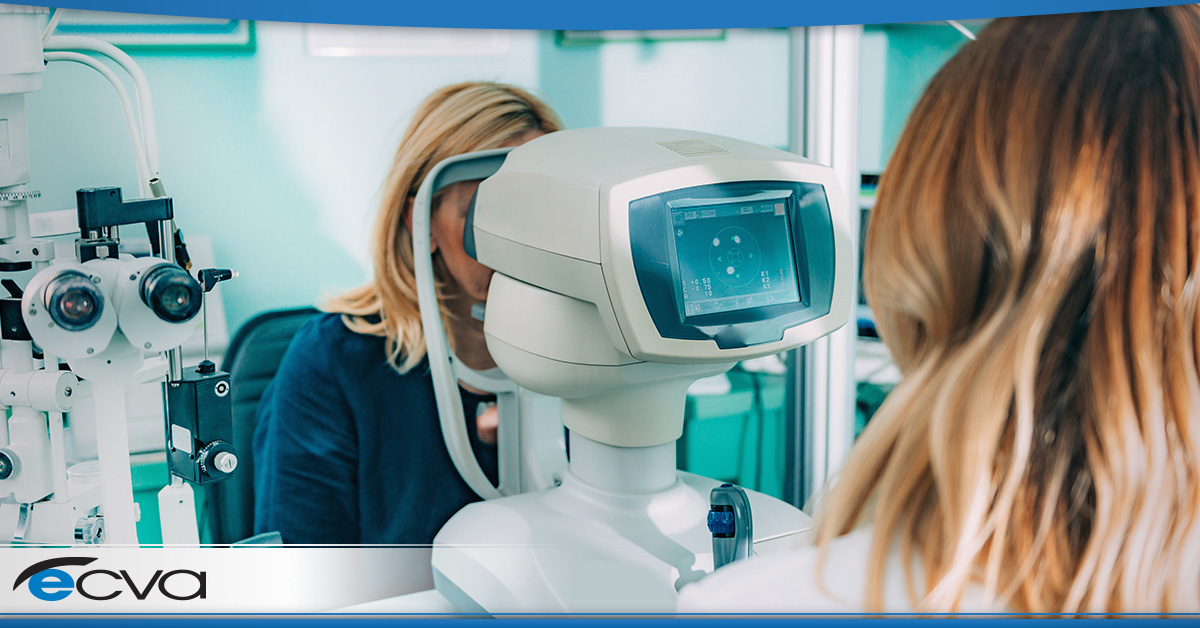Retinal detachments dramatically alter your vision and can lead to permanent changes that cost you your eyesight. While many people are at least somewhat aware of the condition, many patients aren’t overly familiar with the different types of retinal detachment.
Technically, all retinal detachments involve the retina moving away from the back of the eye, leading to visual distortions, blind spots, and other symptoms. However, how they occur varies. Retinal detachments are separated into three categories: exudative, rhegmatogenous, and tractional. Each represents a different cause for a retinal detachment.
Here is an overview of the three types of retinal detachment.
Exudative
Exudative retinal detachment happens when fluid begins building up behind the retina. As the fluid level rises, it puts pressure on the retina, eventually causing it to tear away from the back of the eye.
In most cases, exudative retinal detachments are caused by swelling in the back of the eye or blood vessels in or near the back of the eye leaking. Causes of swelling or leaking vessels can include injuries, age-related macular degeneration, disease-related inflammation, and tumors. Individuals with Coats disease are also at risk.
Rhegmatogenous
Rhegmatogenous retinal detachments are the most prevalent kind of retinal detachment. These occur due to a small break or tear in the retina that allows the vitreous – a gel-like fluid in the eye – to flow behind the retina. As the vitreous positions itself behind the retina, it pushes against the retina. When the pressure is high enough, a detachment occurs.
Most cases of rhegmatogenous retinal detachment are related to aging. As you get older, the vitreous can shrink or experience texture changes. At times, those changes pull on the retina, resulting in a tear. However, other situations – including eye surgeries, eye injuries, and nearsightedness – can also cause this type of retinal detachment.
Tractional
With tractional retinal detachments, the cause is typically scar tissue. As the scar tissue develops, it can tug at the retina, essentially pulling it away from the back of the eye.
Generally, tractional retinal detachment is most commonly associated with diabetic retinopathy, an eye condition that individuals with diabetes may develop. Diabetic retinopathy leads to blood vessel damage, which can cause scarring. However, eye infections and other diseases can also cause retinal detachment. The same is true of eye swelling.
Regardless of the cause, retinal detachment is a severe medical condition that requires immediate treatment. With quick treatment, vision loss can be minimized and even potentially reversible in some cases. As a result, anyone experiencing signs of retinal detachment – such as a sudden increase in floaters, bright light flashes, blurred vision, or darkening vision, among others – should seek emergency medical care immediately.
At ECVA, the safety and health of our patients’ eyes are our priority. If you’re experiencing symptoms of a potential retinal attachment, require care relating to a past retinal detachment, or simply haven’t seen your eye care provider in the past year, the ECVA team is here to help. Schedule an appointment at your closest ECVA clinic today.














